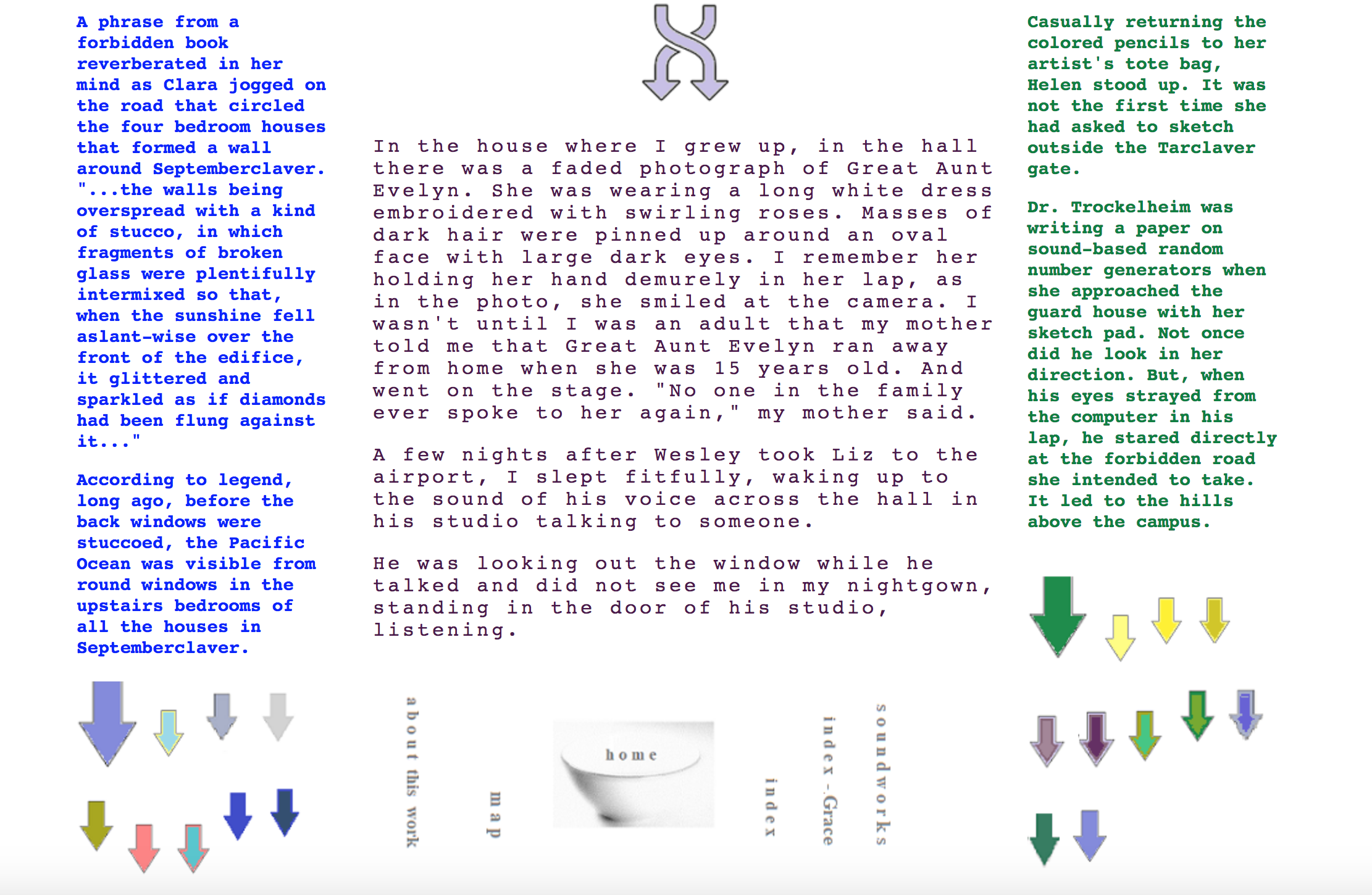
The Unknown (1999) begins with a page in which its authors are arguing with each other about how to write their new project.
Next, the authors offer a tutorial for interaction, by stating that they don’t want the kind of reader who would require such a tutorial.
Then we discover that the content of this book is a series of vignettes from an imaginary drug-fueled tour in which they’re terrorizing bookstores around the country by reading from their work, The Unknown. A lot of the specific incidents involve getting drunk, or taking drugs, or having a bit of a Hunter S. Thompson ramble; making sure, also, to instruct the reader that this is what they are up to:

A variant of this work, sort of, is now available in print form, as a bound book, thus bringing to life the thing they claimed to have been hawking all over the country. This fact is also documented inside The Unknown, because the documentary about The Unknown is incorporated into The Unknown as part of its substance.

This particular piece is available to play, free, online, and you can link into any page of it, which is a convenience.
It’s also a bit friendlier to play than many of its contemporaries. Aside from the links between lexia, the authors offer several indices to the work: a map, a list of the bookstores around the country at which (fictionally) they presented The Unknown, a list of people who are mentioned somewhere in the work. Then there are also six colored “lines,” thematic organizations of material, which bear names like “Parts of Their Story” and “Metafictional Bullshit”.
Perhaps this makes me precisely the sort of reader too amateur for their work, but I was grateful for the structural help.
So in fact, for me, The Unknown does succeed — albeit perhaps in the most self-conscious way imaginable — at being more accessible than many other literary hypertexts of the 1990s. I feel like I understand where this hypertext comes from and what it was trying to do, and I have several available strategies for reading it and theorizing about it. At the same time, it remains very very very inside baseball.
Continue reading “The Unknown (1999) and Polyphonic Hypertext”






